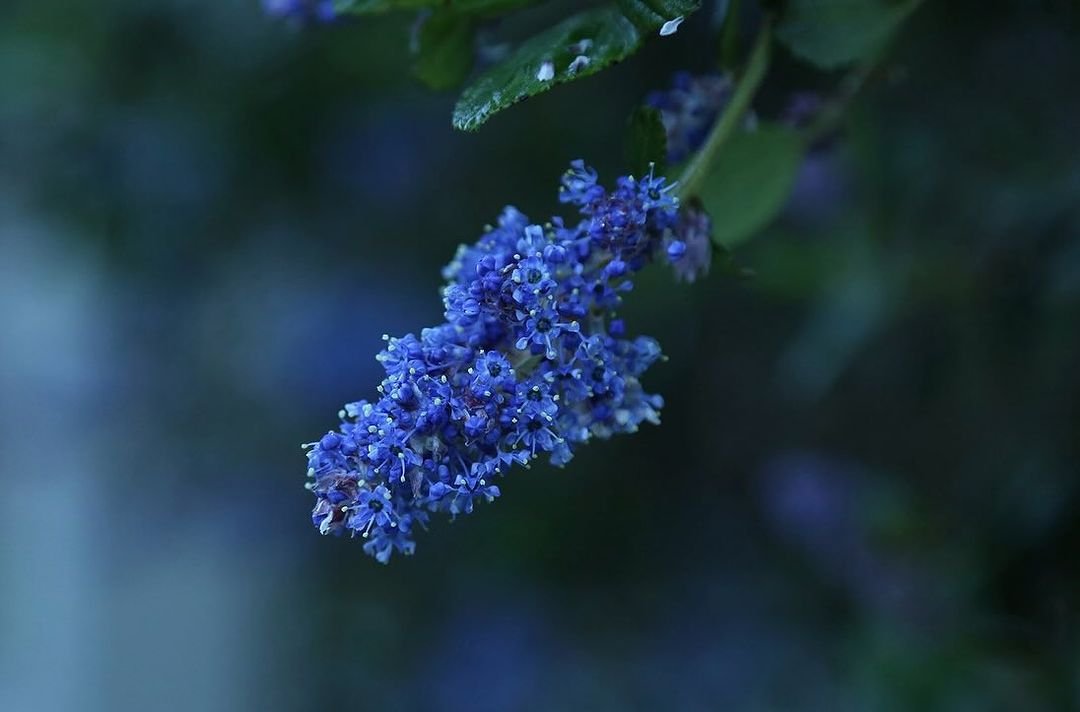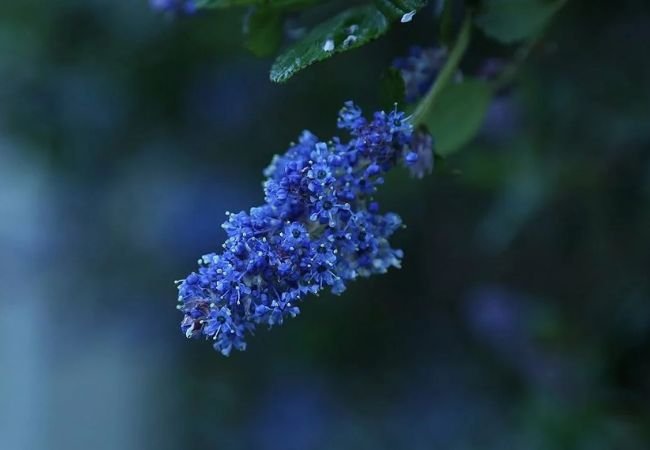Discover the beauty of Ceanothus, California’s native lilac. Learn about its varieties, care tips and ecological importance in this comprehensive guide to this stunning blue flower.
Ceanothus, often called California lilac, is a beautiful flowering shrub native to North America. These plants are known for their stunning blue flowers and their importance to local ecosystems. In this article, we’ll explore everything you need to know about Ceanothus.
Sure! Here’s a chart with information about Ceanothus flowers:
| Aspect | Details |
|---|---|
| Botanical Name | Ceanothus spp. |
| Common Name | Ceanothus, California Lilac |
| Plant Type | Shrub (evergreen or deciduous) |
| Hardiness Zone | Zones 7-10 |
| Sun Exposure | Full sun |
| Soil Type | Well-drained, sandy or loamy soil |
| Watering Needs | Low; drought-tolerant once established |
| Growth Habit | Spreading, mounding |
| Height/Spread | 1-20 feet tall / 3-15 feet spread (varies by species) |
| Special Features | Showy blue flowers, attracts pollinators, deer resistant |
What is Ceanothus?

Ceanothus is a genus of plants in the buckthorn family. There are over 50 species of Ceanothus, most of which are native to California. These plants are known for their:
- Clusters of small, often blue flowers
- Evergreen leaves
- Ability to thrive in dry conditions
Learn more about Ceanothus species from the USDA Plants Database.
Common Varieties
Some popular Ceanothus varieties include:
- Ceanothus thyrsiflorus (Blue Blossom)
- Ceanothus ‘Concha’ (Concha Ceanothus)
- Ceanothus ‘Dark Star’ (Dark Star Ceanothus)
- Ceanothus ‘Ray Hartman’ (Ray Hartman Ceanothus)
The California Native Plant Society offers more information on different Ceanothus varieties.
Growing Ceanothus
Ceanothus is relatively easy to grow if you provide the right conditions:
- Sunlight: Most varieties prefer full sun
- Soil: Well-draining soil is essential
- Water: Drought-tolerant once established
- Pruning: Light pruning after flowering
For detailed growing instructions, visit the University of California Agriculture and Natural Resources website.
Ecological Importance
Ceanothus plays a crucial role in California’s ecosystems:
- Provides food for pollinators like bees and butterflies
- Serves as a habitat for birds and small animals
- Helps prevent soil erosion
- Fixes nitrogen in the soil, improving soil health
The National Wildlife Federation provides more information on Ceanothus’s ecological benefits.
Landscaping with Ceanothus
Ceanothus is a versatile plant for landscaping:
- Use as a flowering hedge
- Plant as a focal point in gardens
- Incorporate into native plant gardens
- Use in erosion control on slopes
For landscaping ideas, check out the Theodore Payne Foundation guide.
Caring for Ceanothus
To keep your Ceanothus healthy:
- Avoid overwatering
- Don’t amend the soil with fertilizers
- Prune lightly after flowering
- Watch for pests like scale insects
The UC Master Gardeners Program offers more care tips for Ceanothus.
Uses of Ceanothus
Beyond its ornamental value, Ceanothus has other uses:
- Native Americans used it for medicinal purposes
- The flowers can be used to make a mild soap
- Some species are used in erosion control projects
Learn about traditional uses of Ceanothus from the Native American Ethnobotany Database.
Ceanothus in California Culture
Ceanothus holds a special place in California’s natural heritage:
- It’s often featured in native plant gardens
- The plant is celebrated in local wildflower festivals
- Many Californians use it in water-wise landscaping
Discover more about California’s native plants at the California Native Plant Society website.
Fun Facts about Ceanothus
- The name “Ceanothus” comes from a Greek word meaning “spiny plant”
- Some Ceanothus species can live for over 100 years
- Ceanothus flowers range from white to deep purple, but blue is most common
Ceanothus is more than just a pretty flower. It’s a vital part of California’s ecosystems, a useful landscaping plant, and a symbol of the state’s natural beauty. Whether you’re a gardener, a nature lover, or simply someone who appreciates beautiful flowers, Ceanothus is a plant worth knowing and cherishing.
For more information on native plant gardening, visit the National Park Service’s native plant guide.
For more gardening tips and plant care guides, visit usagardenhub.com.







2 Comments on “Ceanothus : The Enchanting California Lilac”